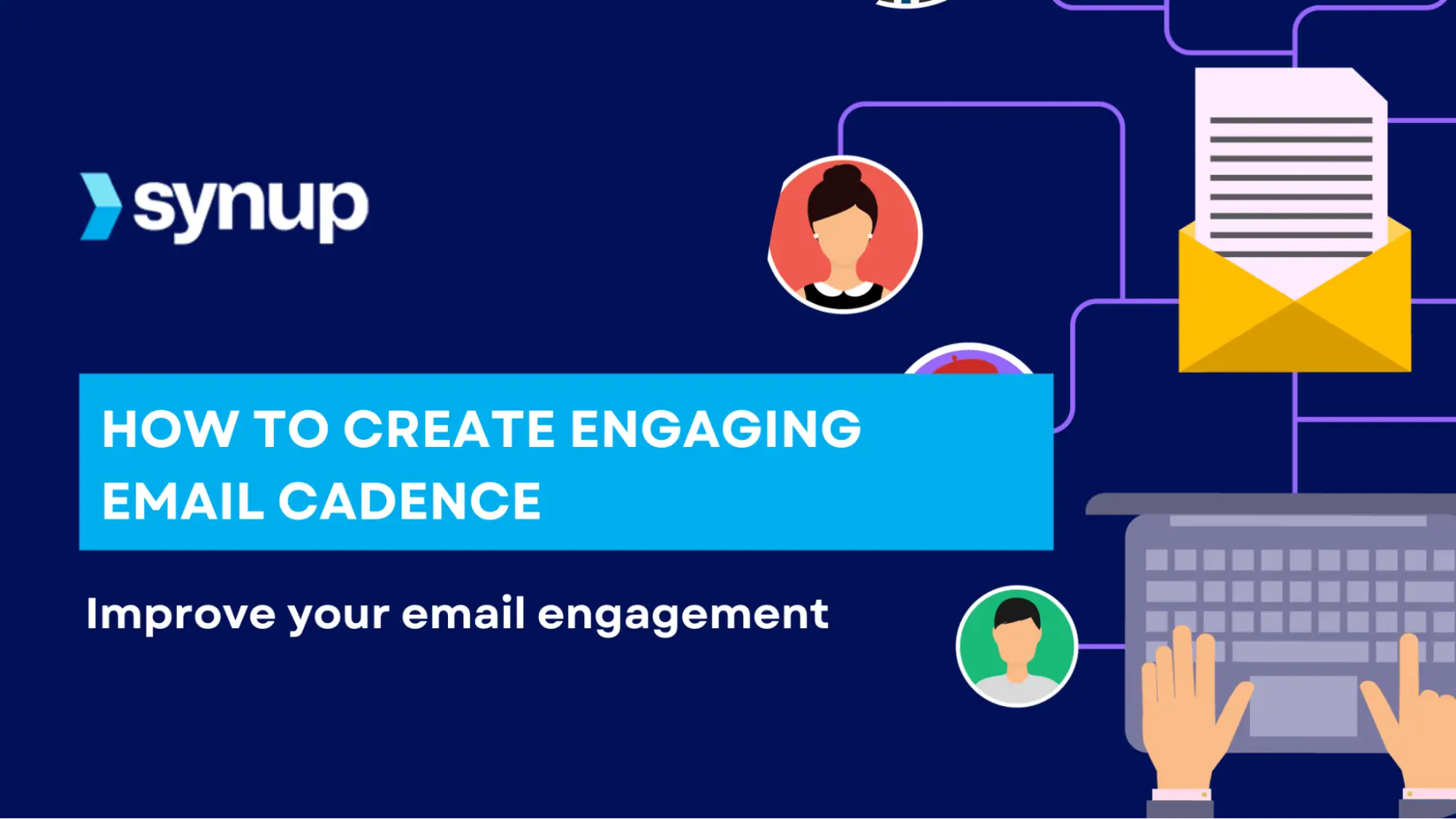How to Create an Engaging Email Cadence
Level up your email marketing with our guide on creating an engaging email cadence. Learn key techniques to improve readability and boost email open rates.

Many email marketing experts discuss "cadence" in terms of sending frequency and timing. For copywriting though, cadence means something different: the rhythm and flow of language itself. It's something every email marketer should become familiar with.
Good cadence can boost open rates and engagement, as it improves readability and memorability through sentence length variation, repetition, and rhetorical devices.
This guide will explore these key cadence techniques. There's also a before/after example, showing how better cadence can improve the impact of copy. While perfecting cadence takes practice, small tweaks to copy can significantly increase email engagement. First, let's examine the main techniques.
Key Cadence Techniques for Email Copy
Getting the cadence of your email copy right the first time involves understanding basics like sentence length, repetition, and paragraph flow. Here are some key techniques for optimizing these elements:
Varying Sentence Length
Varying the length of sentences is key to writing effective email copy. Too many short, choppy sentences feel disjointed. Too many lengthy sentences become dense and hard to read. To make your writing flow better, aim for a mix of short and long. Do you want to emphasize a key message? Use a short sentence of about 5 to 10 words to pack a punch. Longer sentences of around 15 to 20 words allow you to expand on concepts and provide essential details.
For example, start with a short key message: "Our new app makes scheduling easy." Then, follow up with a longer sentence: "Our intuitive mobile app seamlessly syncs with your contacts and calendars to automatically suggest optimal meeting times that work for everyone." To make sure there's a natural flow between short and long sentences, always read your emails aloud.
Strategic Repetition
Thoughtfully repeating key phrases and reinforcing core themes creates continuity and boosts message retention. But be careful not to overdo repetition. Choose just one or two main points or statistics to drive home.
For a brand promising security, introduce the concept in the overview: "ABC Company protects your data with the latest encryption." Then restate in the call to action: "Sign up now to securely store files with ABC Company." Vary the repetition slightly, but keep it recognizable. Repeating key points often helps people remember them - both immediately and later on.
Paragraph Flow
Vary paragraph length to build rhythm. Follow a lengthy, dense paragraph on a complex feature with a short punchy call to action of one or two sentences. Or insert a two-sentence "hook" paragraph such as: "Data breaches can happen in an instant. ABC Company guards your data 24/7." You can then elaborate in the next paragraph.
Always try to avoid big blocks of text. When you include short paragraphs of just one to three sentences, it adds breathing room for the reader, creates a rhythm in the copy, and makes your email more skimmable.
Rhetorical Devices
Strategic use of rhetorical devices like alliteration, analogy, and rhetorical questions can make copy more compelling. For example, try alliteration for emphasis: "Our steadfast stance on security" uses repeated "s" sounds. Craft an analogy comparing your product to something familiar: "This app works like your own personal assistant, automatically organizing your calendar." Ask a short rhetorical question before key info: "Want a simpler way to manage projects?" Then explain your solution. Use rhetorical devices sparingly to avoid sounding artificial, but a few of these examples spread across one email will add more flair to your copy.
Example of Cadence in Action
Let's see an example of how improving cadence can increase email engagement.
Here's a paragraph with poor cadence:
We wanted you to know about the new scheduling feature we added recently. This feature will help you schedule things and coordinate better because it lets you indicate when you're free or busy. You can also set regular availability hours for each day of the week based on your typical routine. Share your customized availability with your different contacts and connections. They can then choose times that work with your schedule to set up meetings. Using the feature should help simplify the process of finding a date and time that works for everyone.
Here is the same content rewritten with improved cadence:
Tired of struggling to pin down meeting times? Exciting news! We just launched a new availability scheduling feature to simplify coordinating meetings. This handy tool lets you share your free and busy times on a customizable calendar, so scheduling with anyone is fast and smooth. No more long email threads trying to find a time that works. Just set your typical hours for each day, allowing others to view and book appointments seamlessly. Whether it's standing weekly meetings or a one-off call, finding the perfect date couldn't be easier with our intelligent availability tool. Give it a try today!
In the second, improved version, the rhetorical question "Tired of struggling to pin down meeting times?" builds engagement before introducing the solution. Repetition of "scheduling" and "availability" reinforces key concepts. Additional cadence improvements like varying sentence length and overall smoother flow make the content more readable and memorable.
Increase Email Engagement By Mastering Cadence Techniques
By practicing cadence techniques in your own emails, including sentence length variation, repetition, paragraph flow, and rhetorical devices, you'll gradually improve your copywriting skills. When possible, analyze emails from other companies and make a note of the cadence techniques they use that seem to work for you.
Take another look at your own emails too. Can you improve the rhythm and flow of your copy? Before sending any email, think about how you can optimize its cadence. It might take a little more time to craft messages, but boosting reader engagement is worth the effort. If you consistently do this, you'll be able to capture the attention of subscribers with more compelling copy and ultimately increase email engagement.




